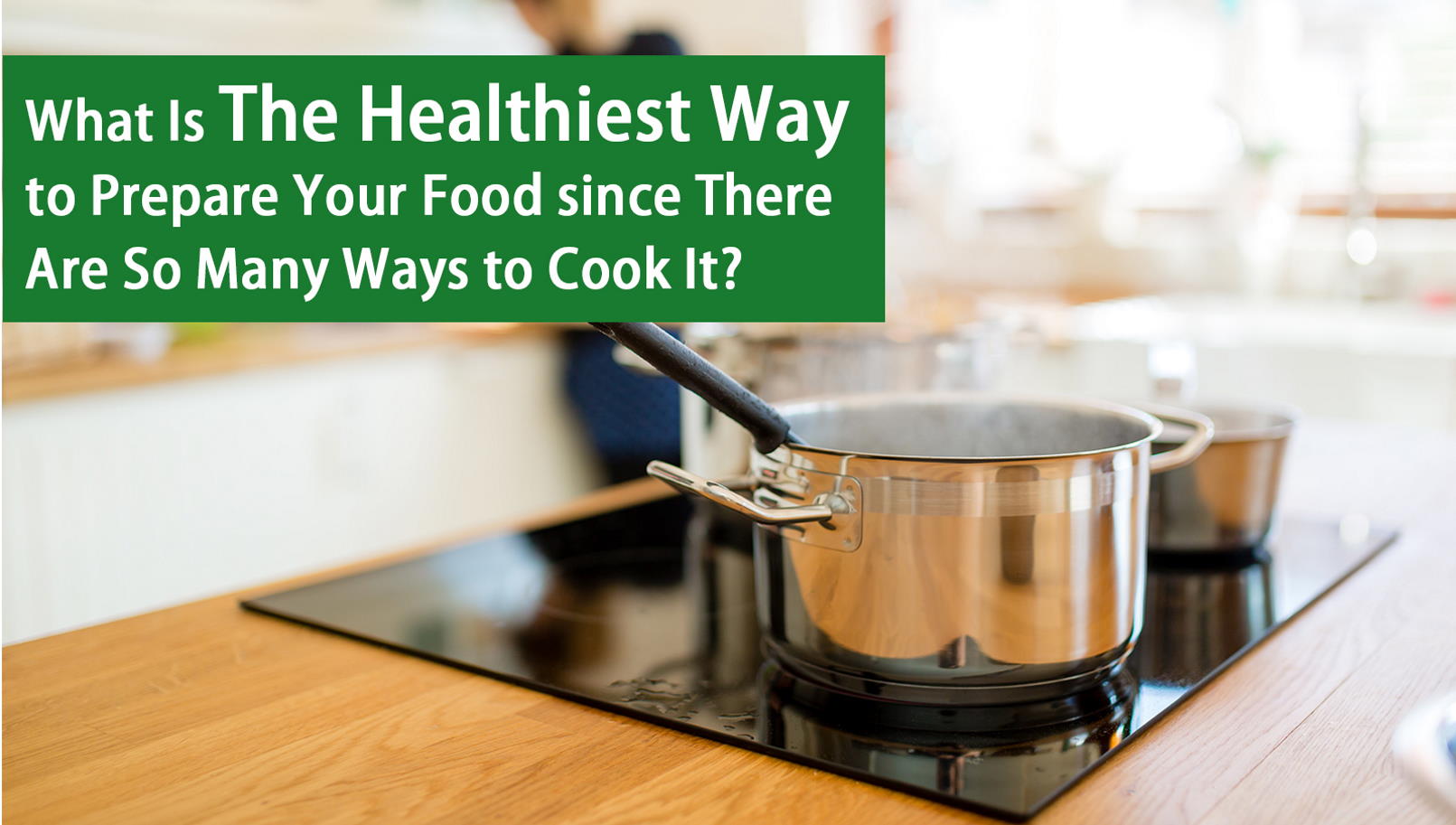9 June 2021

As we commonly know, food is the paramount necessity among people while the taste of food becomes the prior necessity for many of us. In this era flooded with so many delicious food in our life, it is not easy to resist the power of mouthwatering delicacies. While you are enjoying the food, don’t forget about the importance of nutrients that help support our health. Living beings need food to replenish the nutrients needed by our body.
There are so many ways to prepare our food, for example, steaming, frying, grilling, stewing, simmering and other cooking methods. Different cooking methods and varied temperatures not only create a variety of colour, flavour, taste and appearance in foods, but also influence the nutrition values in foods.
Now the problem is, how do we cook or prepare our foods so that the nutrients in foods can be retained more completely? Let’s join PhytoFairy for a more detailed explanation below!

1. Eating It Raw
Eating vegetables raw can save an incredible amount of time while needing less energy and effort to prepare. Theoretically speaking, eating vegetables raw can keep the micro minerals and water soluble vitamins more intact. However, eating raw vegetables without proper hygiene treatments might cause gastrointestinal diseases due to the reason of pesticide residues, parasitic worms pollution or unhygienic circumstances.
Therefore, we should always clean and wash our vegetables before having it raw, we may use light salt or vinegar to soak and clean it before consuming. Foods suitable for having raw: vegetables such as, onions, lettuces, cucumbers, bell peppers, tomatoes and fruits can be eaten raw if cleaned properly, but meat is not advisable to be eaten raw.

2. Steaming or Boiling
Steaming and boiling are considered as the most plain and easiest ways to cook our food. Even though both of them require high heat in the processes, however, there may be lesser substances lost in the steaming process so the water soluble vitamins can be retained better. But, when the vegetables and meats are boiled in hot water, a part of proteins, minerals and vitamins may be lost into the water.
So, it is good to drink the soup so that you can fully consume the nutrients in food, except when the soup is too oily. Add a small amount of salt into the water, it may act as a seasoning, as well as slowing down the process of water soluble vitamins being washed away in water.

3. Grilled Food
After long hours of high heat grilling, some nutrients in foods may be destroyed but most of the nutritional loss are not that severe. Grilling helps us cook our food thoroughly, not many seasonings are needed to keep the original taste and flavours in the food. It is regarded as one of the healthy ways to cook our food. One important thing is to always pay attention to the heat. If the food surface is slightly burnt, we only need to cut off the burnt part. Burnt food might contain carcinogen, just try to keep it out when you encounter one.

4. Fried Food
While frying the food, the temperature is very high especially when the oil is fuming, it could reach approximately 220℃. In such high heat, it is advisable that we spread some batter and bread crumbs on the foods so the starch can be fried and hardened quickly to help reduce the loss of nutrients in foods when it is put into the frying oil. The calories in fried foods are averagely very high and the carcinogens might be produced in the process of high heat cooking are also much higher. It is not recommended to be consumed long term.
Here is a simple conclusion from PhytoFairy:

Every cooking method has its own good and bad. Choose the natural ingredients and prepare it in a healthier way by taking good control over the amount of seasoning such as oil, salt and sugar and you will be able to master the essence of eating healthily. There are so many ways to prepare and cook your foods, did you learn a thing or two?






